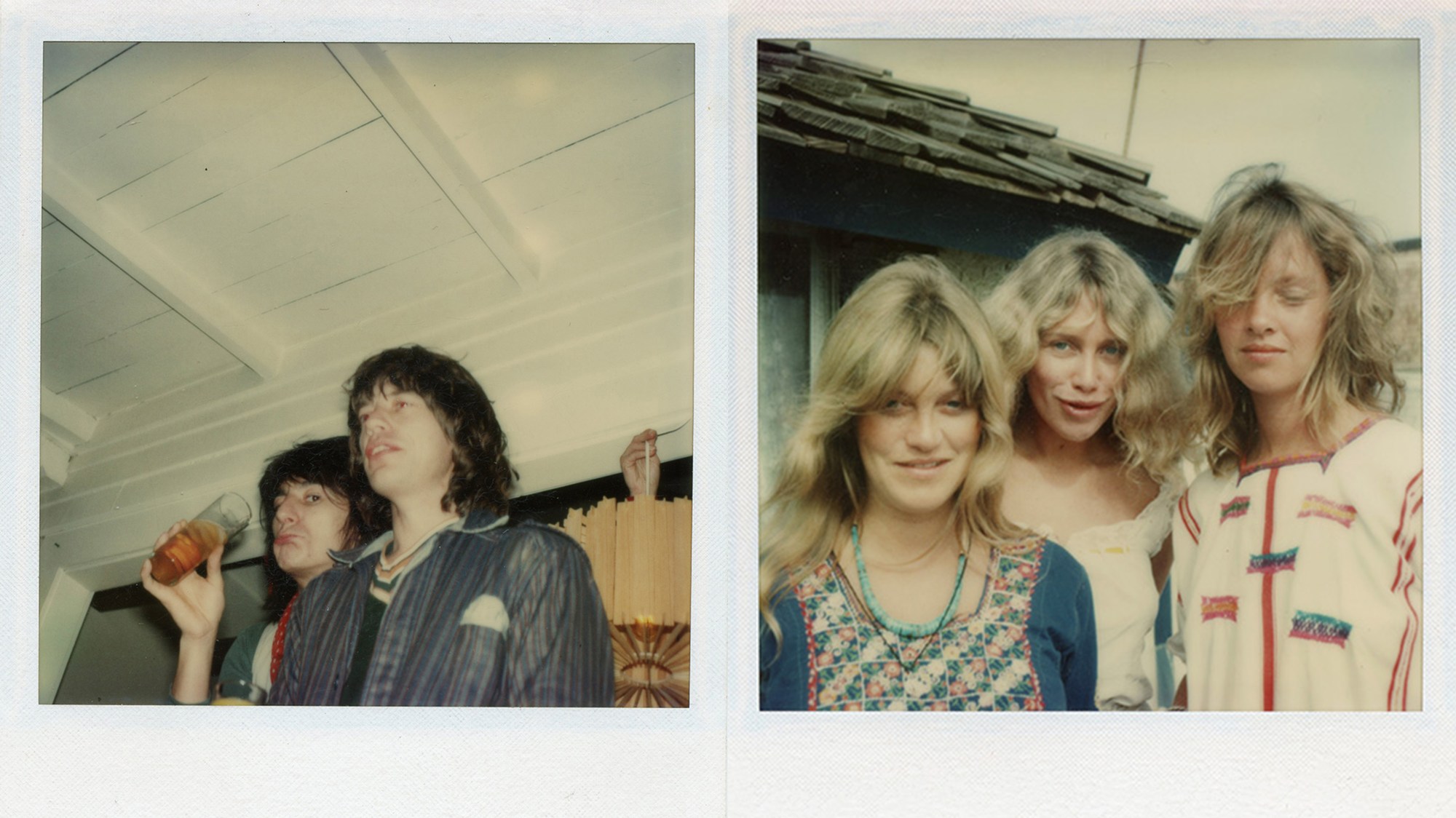“The pictures in the book are a very small chapter of my life,” Carinthia West tells me. Carinthia is a former model, actress, journalist and It Girl whose new monograph, Polaroids, offers a cursory portrait of her mostly famous friends in the 70s. One such image, taken in 1977 of a couple on a train, deviates from the celebrity of her wider archive but illustrates the carefree attitude she applied to photo taking and the relative fortuity she exercised at the time. “I was joining The Rolling Stones in Toronto, where Keith got busted, and there was a blizzard,” she says, alluding to the guitarist’s infamous arrest for possession of heroin while the band were in Canada to record the Love You Live album at El Mocambo. “I couldn’t fly, so I took the train from New York. Somebody was born on that train, somebody else died, and it took 18 hours instead of six. But I took photographs of the other passengers, and it was kind of fun.”
First adopting the camera as a child — “I was in the backseat of a car driving across America in the early 60s; my parents gave me a box brownie to shut me up” — in her late teens, Carinthia upgraded to a Canon, which she used as a tool for dispelling the monotony of waiting around. “I did a lot of things, modelling, acting, travelling, and I think taking pictures was to relieve the boredom — when you’re doing commercials, you’re hanging about a lot — but it wasn’t particularly serious. I was modelling for people like David Bailey and Terry Donovan, who had fabulous studios and reams of assistants. I thought if you wanted to call yourself a photographer, you had to be in that league. I’d never taken a lesson. I actually had a boyfriend once who was very keen on the technical side, and I stopped taking photos for two years; I just couldn’t face it.”
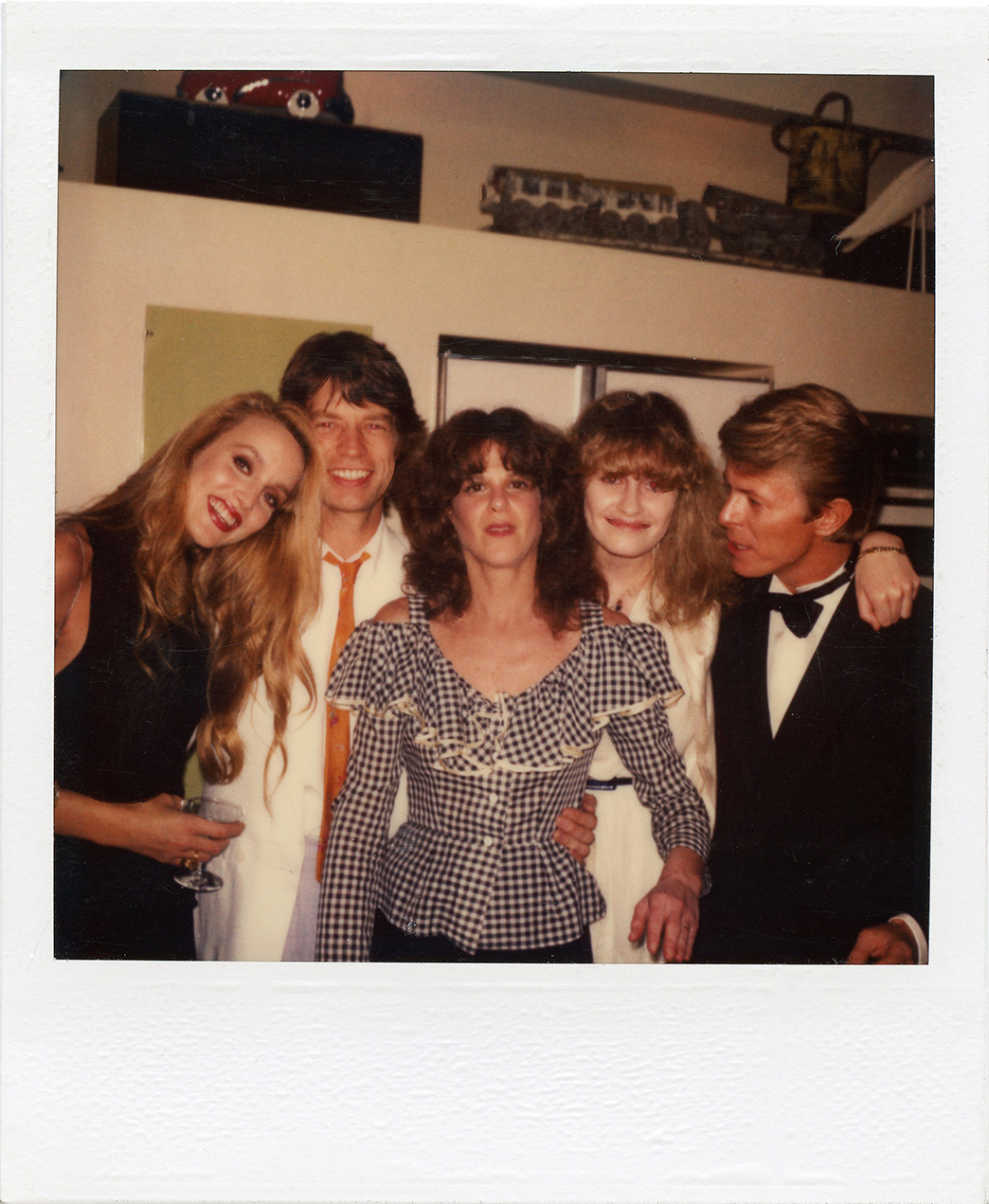
While today most photographs taken at an afters would barely make it beyond an Instagram story (and even then, would likely be deleted by the following morning), the new book is a product of its time and a testament both to the commemorative properties of physical imagery and Carinthia’s relationship with her protagonists — amongst them Mick Jagger, Ronnie Wood, David Bowie, Anjelica Huston, and Penelope Tree. “Eric Idle from Monty Python asked me to audition for [BBC sketch show] Rutland Weekend Television,” she says, recalling how she became privy to the interior lives of the era’s icons of pop culture. “We became friends, and he moved into my downstairs flat. I worked with him when he did The Rutles, a cult spoof about The Beatles, which Mick and Ronnie were in. It’s hard to explain now, but London was a very small place then, and it was a good gang. I just liked people I liked; I wasn’t interested because they were famous.”
Published by Ancient Magic, Polaroids was conceived in collaboration with the photographer James Meredew. Most apparent throughout its pages is the sense of ease that punctuates each image; fostered via genuine trust and shared intimacy, there’s a lack of pretension, which feels at odds with contemporary BTS-type work. “There’s no particular rhyme or reason to half these pictures,” Carinthia says of the largely un-posed series, much of it shot in California at Neil Young’s Broken Arrow Ranch and Ronnie Wood’s Malibu rental. “We were clowning around and having a lot of fun, teasing each other,” she remarks, referencing a picture of Mick and Ronnie. Shot from below, the pair barely fill the frame while a third body behind appears to hold a lampshade. Technically imperfect, Ronnie’s playful expression and Mick’s apparent obliviousness underscore the tenderness of the scenario. “There was no pomposity with them,” Carinthia says.
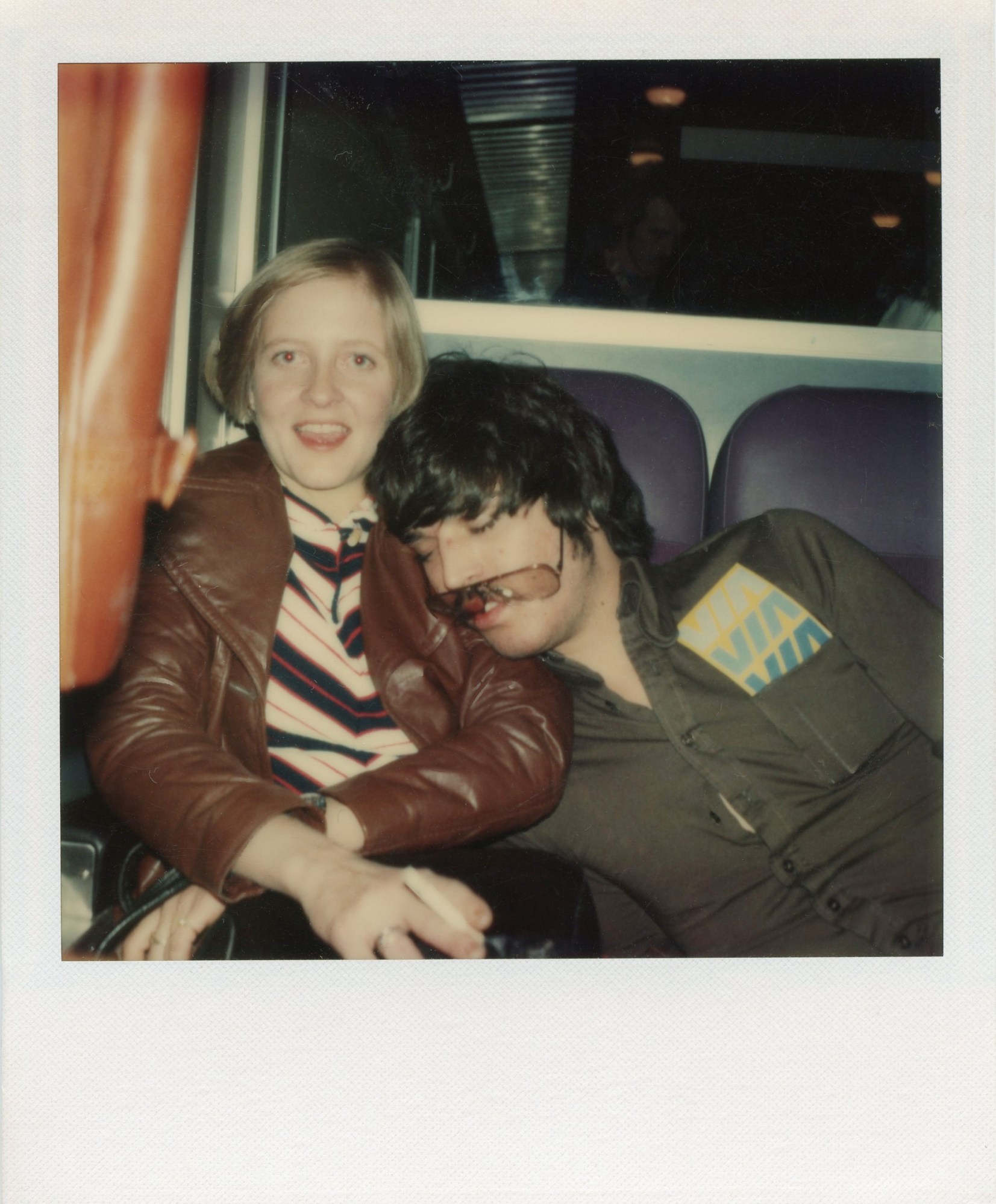
“I was lucky; in those days, nobody minded,” she continues. “I was taking pictures of everything — my friends, my family, my dog — nobody was self-conscious. We didn’t have that kind of need to look fabulous. We had no Instagram; a photograph wasn’t going to be shot around the world in 10 seconds; it was probably going to sit in my camera for another month or two, and then the prints would be stuffed in a shoebox. Nobody had a plan to publish unless you were a professional.” Typically shooting with her Canon — prints from which have since been exhibited in the US and across the UK — the Polaroids were often more of a party piece. “They were kind of a curiosity and they were so disposable, I suppose a bit like today’s digital cameras. The only downside was the film was incredibly expensive. I remember Susan Sarandon once snatching the pictures I took at a party from me. I was really cross because it was like 20 quid’s worth of pictures.”
Reflecting on the images today, now more than 40 years on, Carinthia feels appreciative of that particular chapter. “I just think, God, weren’t we a beautiful-looking lot? Like the young are today, but we were natural looking; none of us did Botox. We were just happy to be alive. It was a good time in that there was a sense of freedom — we had the pill, and if we were lucky, we had a bit of money, enough to enjoy ourselves. So, when I look at them now, I’m just grateful. I have a lot of young friends, and I see what they go through; we didn’t have to take ourselves too seriously then. And the pictures themselves were entirely fortuitous. I didn’t think when I picked up the camera, ‘I’m gonna take pictures that will be popular when I’m like, 100’. I mean, really?”
‘Polaroids’ is published by Ancient Magic and available to buy here.
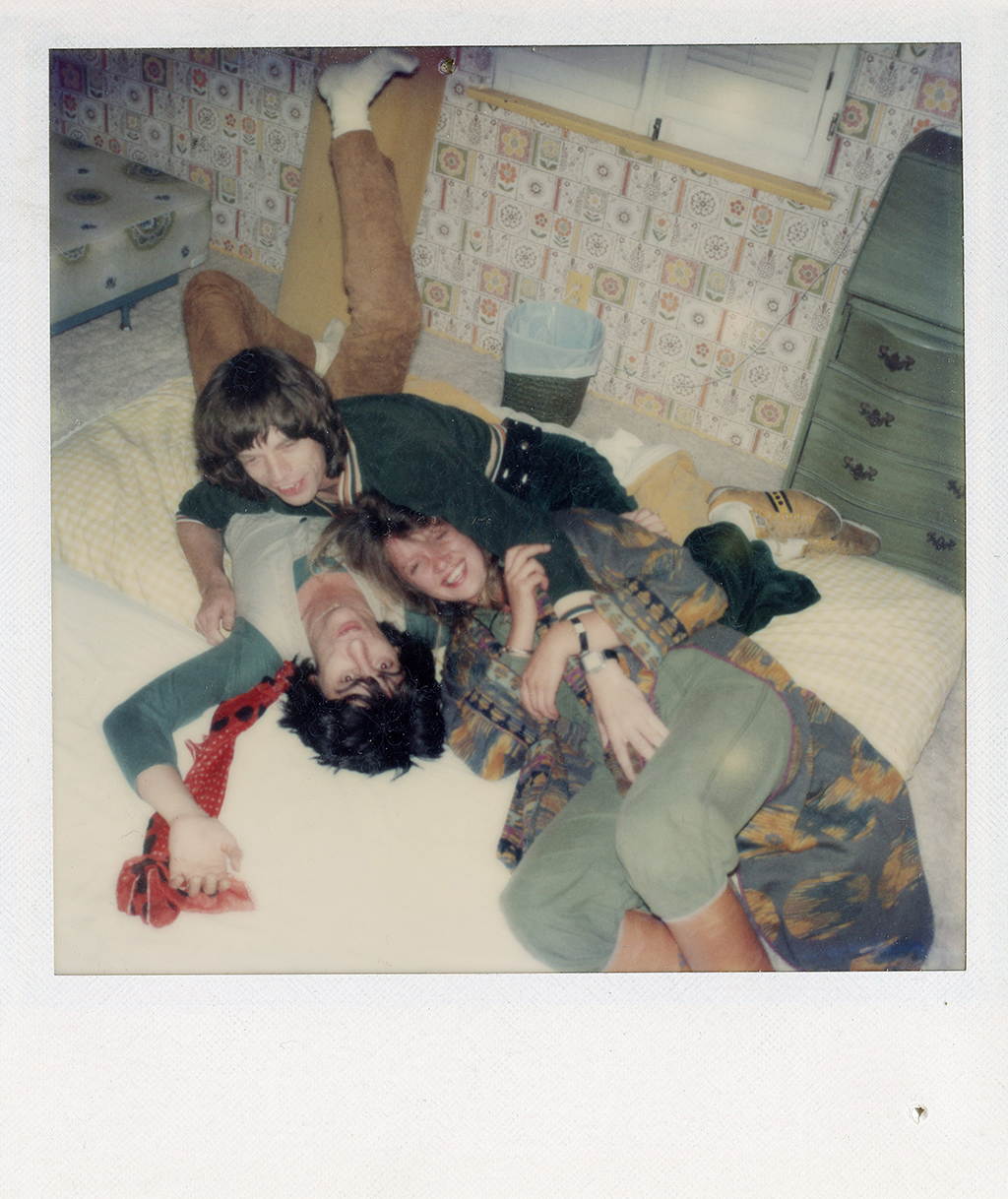
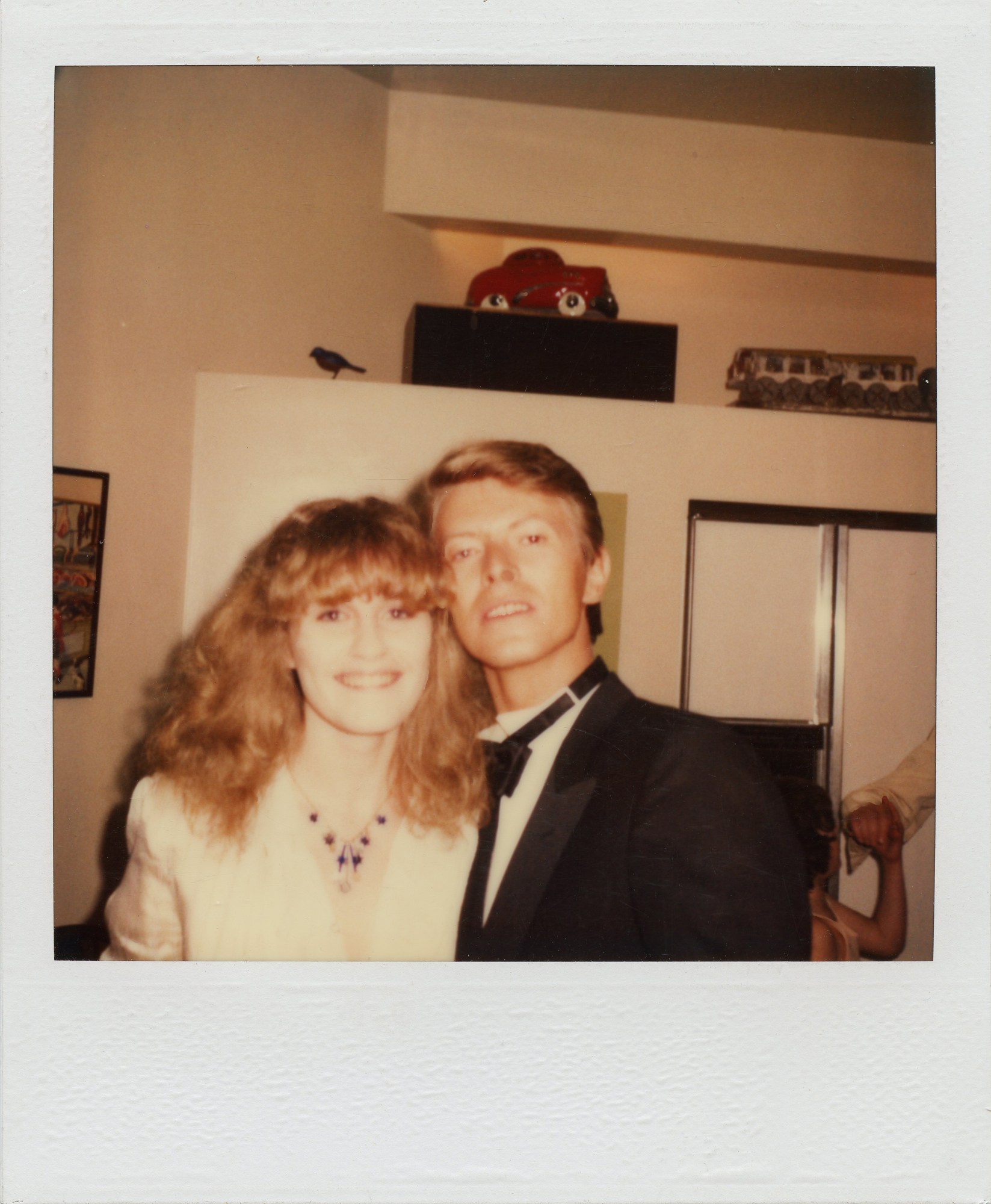
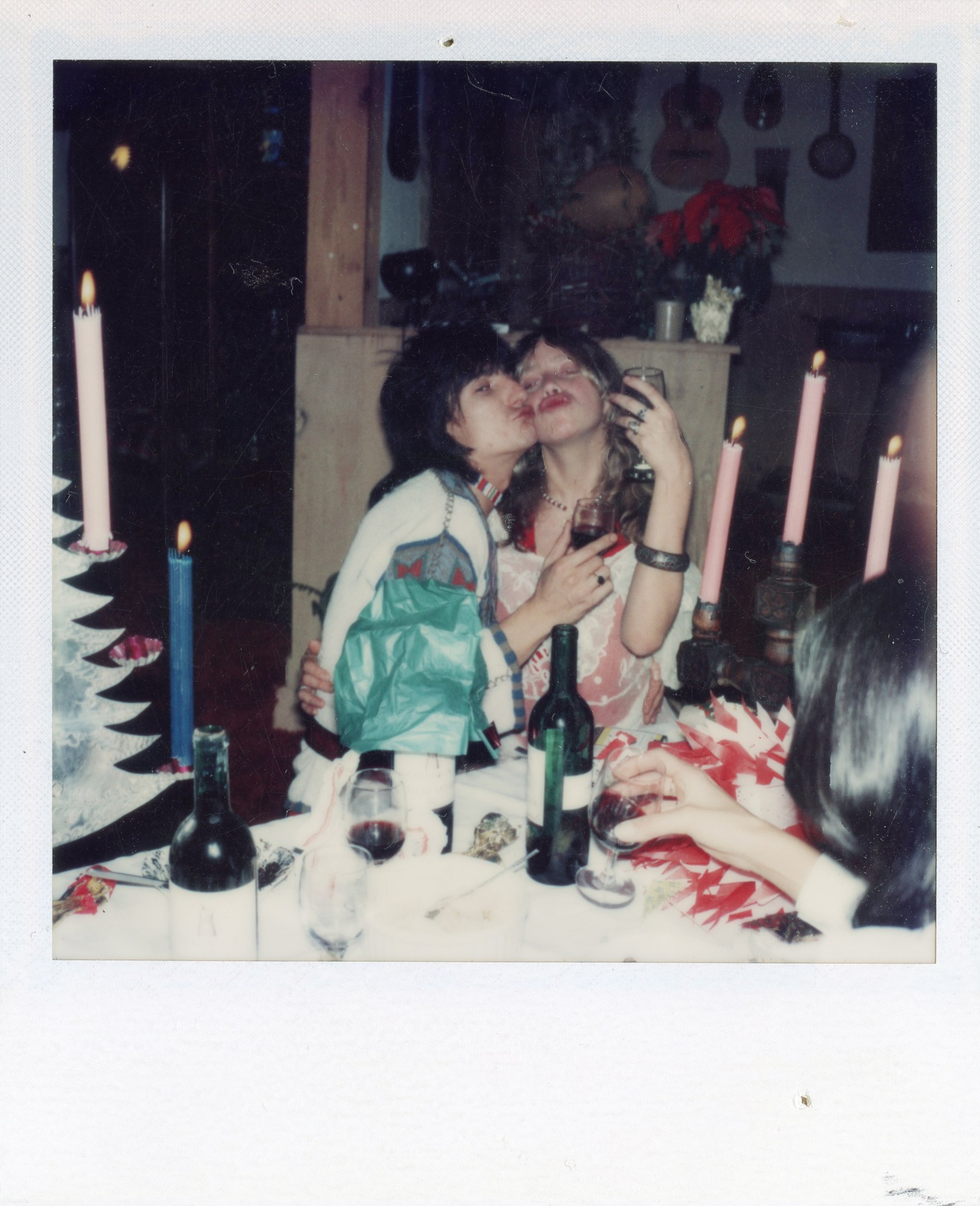
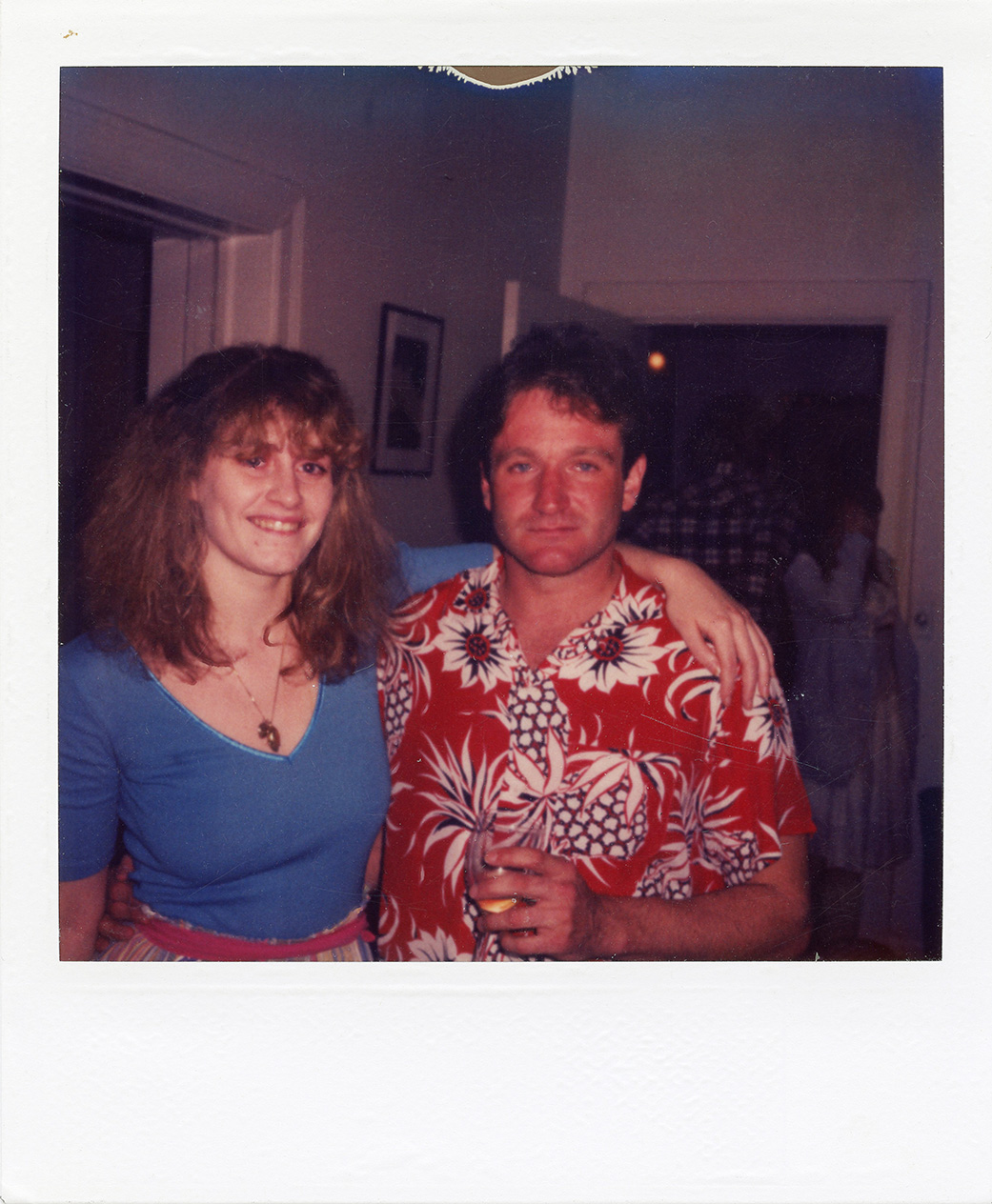
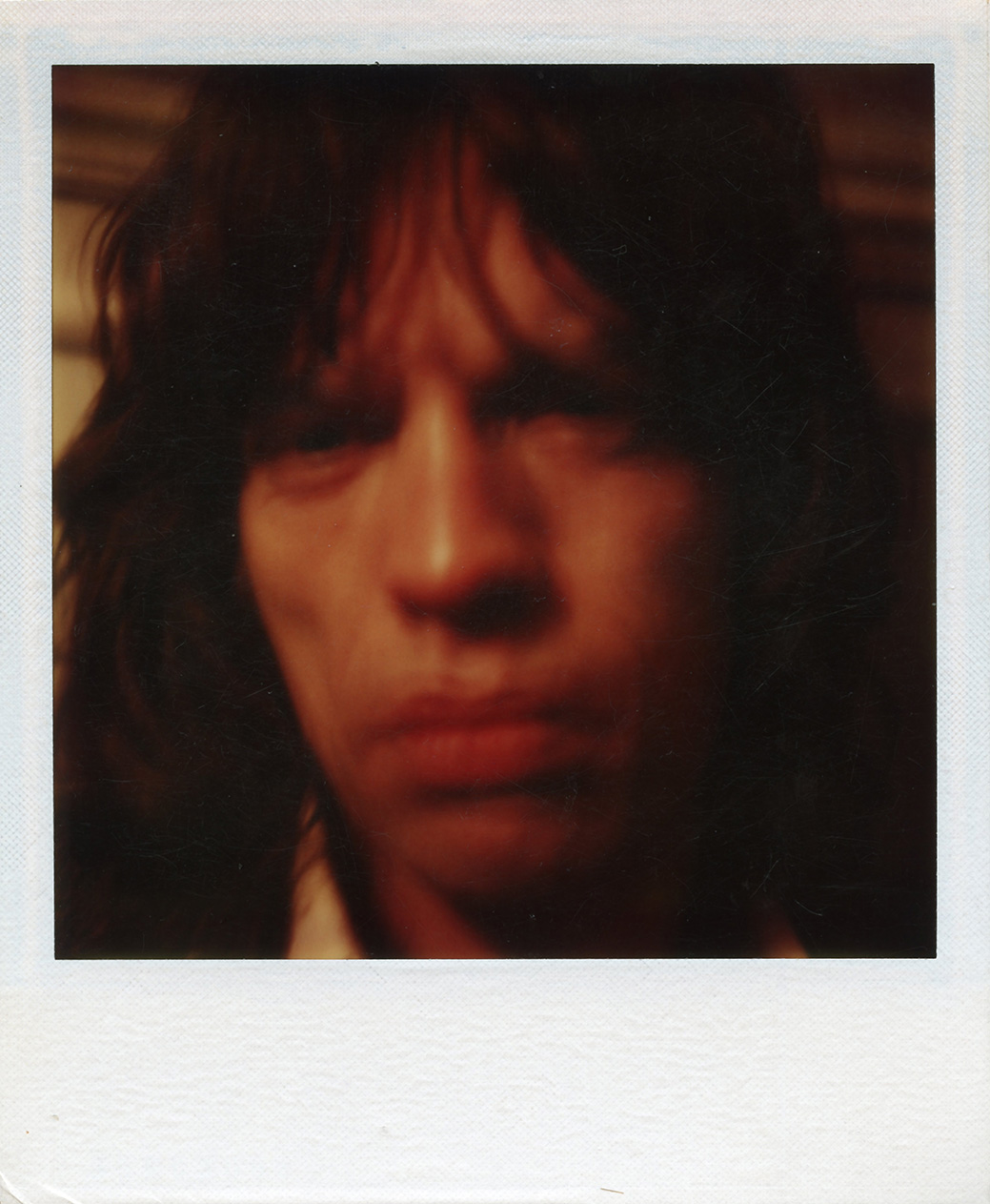
Credits
All images courtesy Carinthia West
